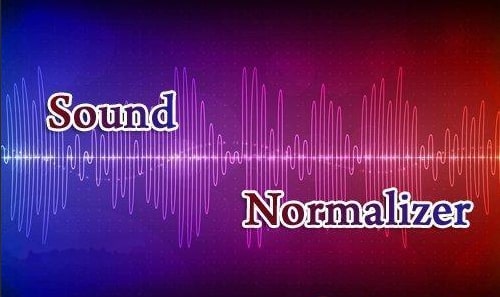

If you are not comfortable using a gun to make sure all the audio components are in balance, then there is another option: use the gain control. You will hear what you hear, and now you need to work on that balance. All you have to do is hit the record button, press the button you want to play, and then play it. This is probably the most obvious way to achieve balance. When it comes to mixing a song, it is of paramount importance to balance everything. And, that balance won’t make it to the album.

If you’re doing the record, then the songs you hear in your studio just might not be in the right balance. If that happens, you’re on to something good. You want them to get immersed in the moment and feel at home. When you make music, you want your listeners to become part of it. Time-stretching and audio normalization have both been used in the context of expanding the range of dynamics involved in a song, as well as the tools that are provided to carry it out. Why is time-stretching and audio normalization important? The audio you hear normally goes from a low volume level to a high one, but when you normalize it, you can have a greater degree of control over the amount of dynamic range it has. When you normalize audio, you are essentially expanding its dynamic range and bringing out the details at the same time. Time-stretching allows users to change audio tracks by extending the available bandwidth of a file or distorting it. What is the difference between time-stretching and audio normalization? Today, there are various software and hardware options to carry out time-stretching, but there is still one part of this process that has been overlooked: audio normalization.
#Batch sound normalizer activation code#
Dynamic Audio Normalizer (LifeTime) Activation Code ĭynamic Audio Normalizer is a tool that was developed for audio normalization, used as an add-on for Ableton Live, released in 2016 and still works for it.


 0 kommentar(er)
0 kommentar(er)
